Introduction
Luke slowly, but steadily building toward the ministry of Jesus. His desire to provide an orderly account has led him to emphasize the empowering of the Holy Spirit at the start of his ministry. Now Luke wants to ensure his readers realize the origin and purpose of his ministry.
Read Luke 3:23-38
The age of 30 is significant:
- It is when priests were allowed to work in the tabernacle (Num. 4:3, 47).
- Joseph became second in Egypt (Gen. 41:46).
- David became King (2 Sam. 5:4).
“as was supposed” > Joseph was legal father, not biological.
Comparison With Matthew (Matt. 1:1-16)
Similarities:
- Both begin with Joseph
- Both include Shealtiel and Zerubbabel
- Identical between David and Abraham
Differences:
- Luke reverses order
- Matthew > Abraham (Jewish), Luke > Adam (Gentiles)
- Matthew skips more generations
- Almost entirely disagree between Joseph and David (majority of list).
- Joseph’s Father = Jacob/Heli
- Everyone between Joseph and David had two names.
- Joseph’s mother had two husbands.
- Matthew gives the royal line while Luke gives the genetic line.
- Luke gave the genealogy of Mary.
If Mary had no brothers, the custom would have been for her father, Heli, to adopt Joseph after their marriage.
Hendriksen:
- “Joseph” not “Mary”!
- View appeared 1800. Lightfoot quotes rabbinical writers (hostile to Christianity) referring to Mary as “the daughter of Heli”.
- Jews didn’t trace mother’s genealogies.
- Jesus was Joseph’s heir.
- Davidic descent of Joseph (1:27).
- Not improbable to trace same source from two routes.
Difficult to be certain…
The Son of Adam
We know little beyond names.
27 Zerubbabel, Governor of Jerusalem in 538 BC (Ezra 3).
31 Nathan (Matthew has Solomon). The Davidic connection is key.
32 Jesse (1 Sam. 16; Isa. 11).
34 Abrahamic line.
35-36 Names found: 1 Chron. 1-2; Gen. 5, 11.
Some value family history more than others. The Western world is mostly indifferent about the names of ancestors.
Tracing the family line often reveals names we wish weren’t listed. But, we don’t get to decide our family.
However, Jesus, being the second person of the Trinity, was in control…
The church is made up of all kinds of people, with all kinds of family histories that trace back in every direction. But all of them return to Adam. We all have a common problem that can only be solved in Christ.
Not only was Jesus a Son of Adam…
The Son of God
The genealogy of Jesus closes here in a way that is unique in all of Scripture. Nowhere else in the Old Testament or New Testament (not even in rabbinic texts!), does the name of God appear in the genealogy. In one sense, it’s true of all.
1 Cor. 15:22, 45 Adam brought sin into the world, but Christ brings life. The first Adam became a living being, but the last Adam gives life. Christ offers eternal life to all who repent and believe.
Rom. 5:17 Death > Life. All that Adam lost, Christ has won!
Christ alone can bring true reconciliation. Through Christ we can be reconciled to God. But we are also reconciled to one another through Christ (Eph. 2:11-22). No only have we been “brought near by the blood of Christ” (13), but Gentiles are no longer “strangers and aliens” (19).
In…
Conclusion
- Comparison With Matthew Why would Luke place Jesus’ genealogy here? Matthew begins with it. Luke’s purpose seems to be to connect Jesus’ Messianic calling with the beginning of his ministry.
- The Son of Adam Jesus became man. He took on flesh. God was born into the lineage of fallen mankind in order to redeem us. The Second Adam represents all mankind without distinction.
- The Son of God Only Jesus could bring reconciliation between God and man.
Jesus became the second Adam to satisfy the requirements that the first Adam failed to keep.
Do you trust in his finished work?

